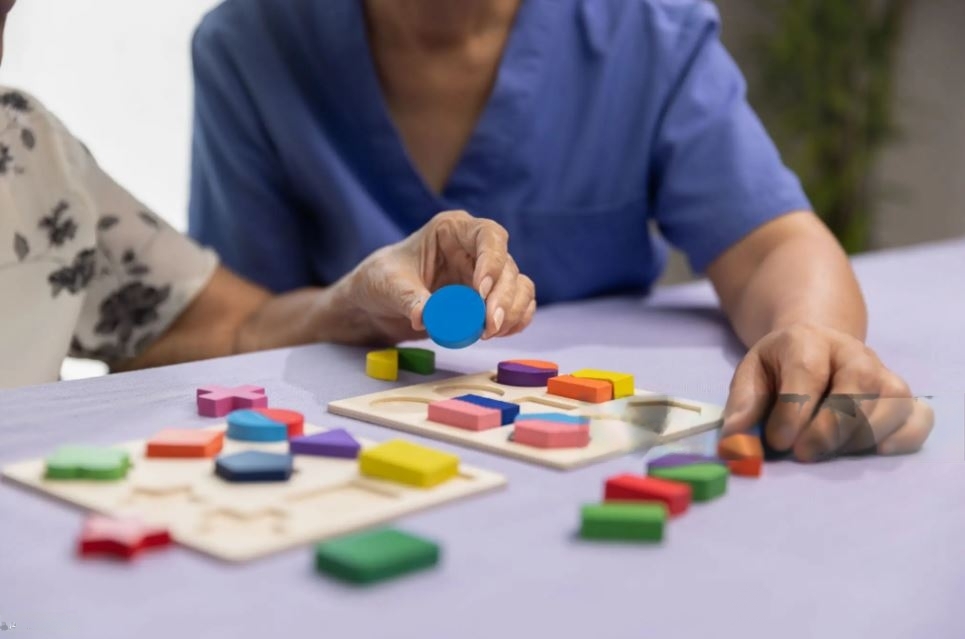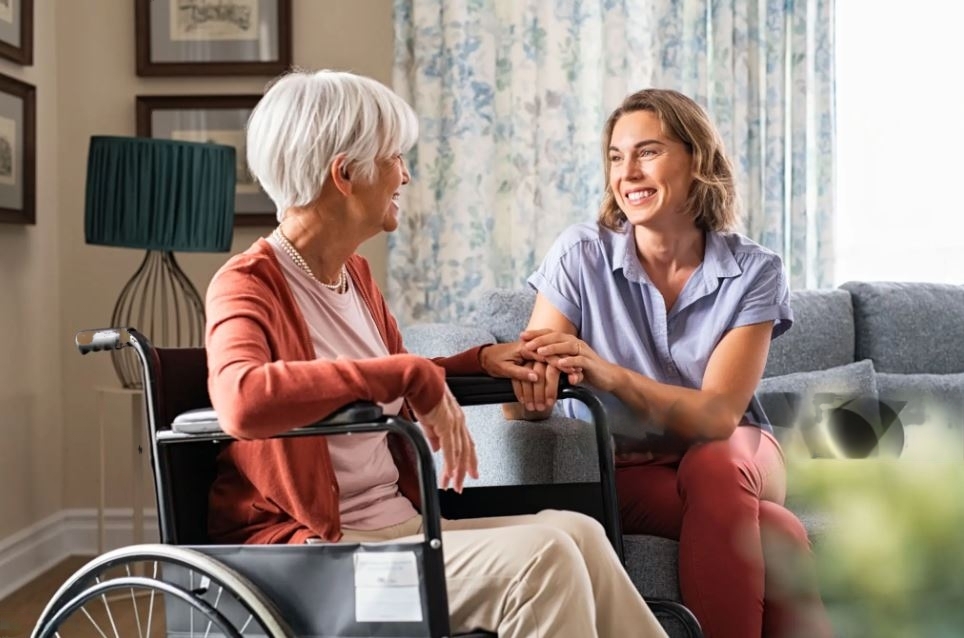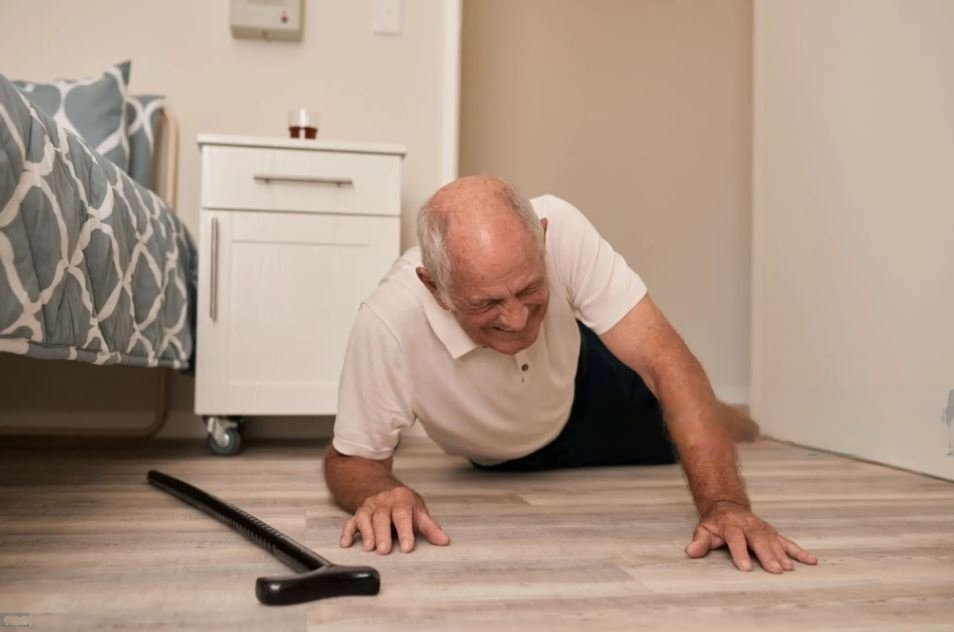Bathroom Safety for Seniors: Ensuring Peace of Mind and Independence
As we age, our bodies may not be as agile and robust as they once were. Simple everyday activities that were once taken for granted can become challenging, and one area where this is especially true is the bathroom. Seniors are more vulnerable to slips, falls, and accidents in the bathroom, making it a critical area to address when it comes to ensuring their safety and well-being.
In this blog, we’ll explore the importance of bathroom safety for seniors, offer tips on creating a secure bathroom environment, and delve into the options available to seniors and their families, including fall alert bracelets, lifeline Canada prices, and other safety measures.
Understanding the Importance of Bathroom Safety for Seniors
The bathroom is a common location for accidents among seniors. With hard, slippery surfaces and various obstacles, it presents a high risk of falls and injuries. According to the Centers for Disease Control and Prevention (CDC), falls are the leading cause of injury and death among older Americans. To mitigate these risks, it’s crucial to make the bathroom a safer space for seniors.
Common Bathroom Hazards for Seniors
- Slippery Floors: Wet bathroom floors can be extremely slippery, and even a minor slip can lead to serious injuries.
- Low Toilet Seats: Seniors may struggle to sit down and stand up from low toilet seats, which can cause strain or falls.
- Lack of Grab Bars: The absence of grab bars makes it difficult for seniors to maintain balance and support themselves.
- Inadequate Lighting: Poor lighting can lead to missteps and accidents, especially during nighttime bathroom visits.
- Limited Mobility: Seniors with limited mobility may have difficulty getting in and out of the bathtub or shower.
Now, let’s explore some practical solutions to address these hazards and promote bathroom safety for seniors.
Creating a Safe Bathroom Environment
- Install Grab Bars: Grab bars should be placed near the toilet, shower, and bathtub to provide support and balance. These are essential for preventing falls.
- Non-Slip Flooring: Consider using non-slip mats or adhesive strips in the bathtub or shower to reduce the risk of slipping.
- Raised Toilet Seat: A raised toilet seat can make it easier for seniors to sit down and stand up. Some models also come with handrails for added support.
- Improved Lighting: Ensure that the bathroom is well-lit, especially during the night. Nightlights can be particularly helpful.
- Shower Chair or Bench: For seniors with mobility issues, a shower chair or bench can make bathing more accessible and safe.
- Organize Essentials: Keep toiletries and other essentials within easy reach so seniors don’t need to bend or stretch excessively.
- Handheld Showerhead: Installing a handheld showerhead allows seniors to control water direction and reach difficult areas more easily.
- Temperature Control: Set the water heater to a safe temperature to avoid scalds or burns. Additionally, consider adding anti-scald devices.
The Role of Fall Alert Bracelets and Heath-Alert Canada Prices
Apart from environmental modifications, technology has made significant contributions to senior safety. Fall alert bracelets and lifeline services play a crucial role in ensuring rapid assistance in case of a bathroom accident.
Fall Alert Bracelets: Fall alert bracelets, also known as personal emergency response systems (PERS), are wearable devices that can be easily activated by seniors in distress. These devices often feature a panic button, which, when pressed, sends an alert to a monitoring centre. The centre can then dispatch help immediately.
These devices provide peace of mind not only for seniors but also for their families. Knowing that help is just a button press away can be a source of great comfort.
Exploring Health-Alert Canada and Other Options
Health-Alert Canada is one of the most prominent providers of medical alert systems and personal emergency response services in the country. They offer various options tailored to seniors’ needs, ensuring help is readily available when required. Some of the key features and services to consider when exploring lifeline options include:
- Fall Detection: Some lifeline systems are equipped with fall detection technology. This means that if a senior falls and is unable to press the button, the device can automatically detect the fall and send an alert.
- 24/7 Monitoring: Lifeline services typically come with round-the-clock monitoring, providing assistance at any time of the day or night.
- GPS Technology: Some systems include GPS functionality, enabling seniors to receive help even when they are outside their homes.
- Two-Way Communication: Many lifeline devices allow seniors to communicate with a trained operator directly through the device.
- Medication Reminders: Some systems offer medication reminders to ensure seniors take their medications as prescribed.
- Waterproof Design: Since bathroom accidents are common, look for devices that are waterproof and can be worn in the shower or bath.
It’s important to research and compare the offerings of various lifeline providers to find the one that aligns best with your specific needs and budget.
Additional Safety Measures and Considerations
While fall alert bracelets and lifeline services are crucial for Bathroom Safety for Seniors, there are other measures and considerations to keep in mind:
Regular Check-Ins
Ensure someone checks in on the senior regularly, especially if they live alone. Loneliness and isolation can have a significant impact on a senior’s well-being.
Non-Slip Bathroom Rugs
In addition to non-slip mats in the shower, consider placing non-slip bathroom rugs on the floor outside the shower or bathtub to prevent accidents and improve Bathroom Safety for Seniors.
Handrails Throughout the Home
Handrails should not be limited to the bathroom. Consider installing them in hallways and staircases to assist with mobility.
Medication Management
Properly manage medications to prevent any adverse effects. Use pill organizers or medication management systems to stay organized.
Regular Exercise
Seniors should engage in regular physical activity to maintain strength and balance. Consult with a healthcare professional for suitable exercises.
Emergency Evacuation Plan
Ensure there is an emergency evacuation plan in place, especially for seniors living in multi-story homes.
Seniors’ Input
Lastly, involve the senior in the decision-making process regarding their safety. Their preferences and input are essential for creating a comfortable and secure environment.
Conclusion
Bathroom safety for seniors is a critical concern, and addressing it properly is essential for their well-being and independence. Creating a safe bathroom environment with non-slip surfaces, grab bars, proper lighting, and other modifications can significantly reduce the risk of accidents. Additionally, fall alert bracelets and lifeline services, such as those provided by Lifeline Canada, offer an extra layer of security and peace of mind for both seniors and their loved ones.
By taking proactive steps to enhance bathroom safety and investing in reliable emergency response systems, we can ensure that our senior loved ones can continue to enjoy their lives with confidence and security. It’s a small effort that can make a tremendous difference in the quality of life for seniors, allowing them to maintain their dignity and independence while minimizing the risks associated with aging.
More From our Library
The Complex Connection: How Does Mental Health Affect Identity?
Cold Winter Challenge: Safeguarding Seniors and Disabled Individuals in Canada 2024
The Emotional Impact of Best Senior Emergency Alert System
Reducing the Fear of Falling for Seniors: A Comprehensive Guide
Navigating the Challenges of Dementia Care: Senior Caregiving Tips and Strategies
Balancing Self-Care For Caregivers: Tips for Caregivers
Contact Us
Our team is ready and available to help you find the right solution. Fill out the form to receive a callback or contact us:






































